Most azalea flowers have a small cup of green leaves (sepals) at the base of the flower tube. This set of leaves is called a calyx. If this is genetically modified, either by nature or breeding, into a complete set of petals, the flower is called Hose-in-Hose. They appear behind the normal 5 petals, peeking out from between. A Single azalea flower will normally have 5 petals and 5 stamens (see posting below). Hose-in-Hose flowers appear to have 10 petals. If the flower is a Semi-double or Double (again, see below), it takes on the aspect of a rose. So, it is possible for a flower to have the extra set of petals from the calyx and be a Single, Semi-double or Double (all depending on modifications of the stamens; again, see below).
In this posting I show 4 pictures, one of which is NOT of a Hose-in-Hose. Don’t worry, it’s labeled. This is not a test!



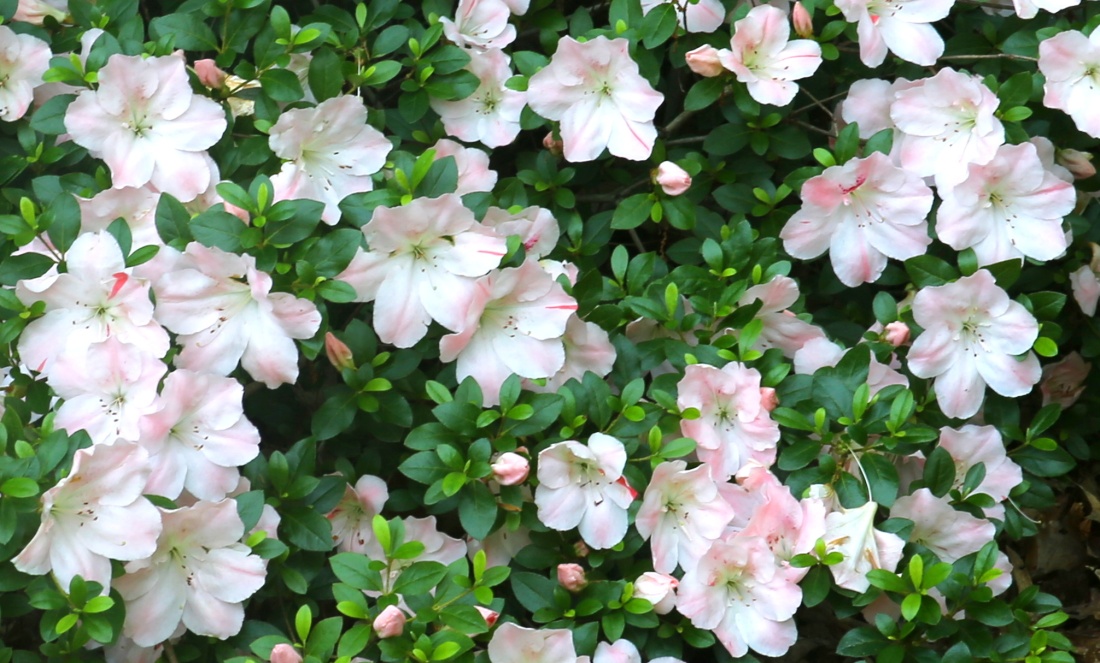


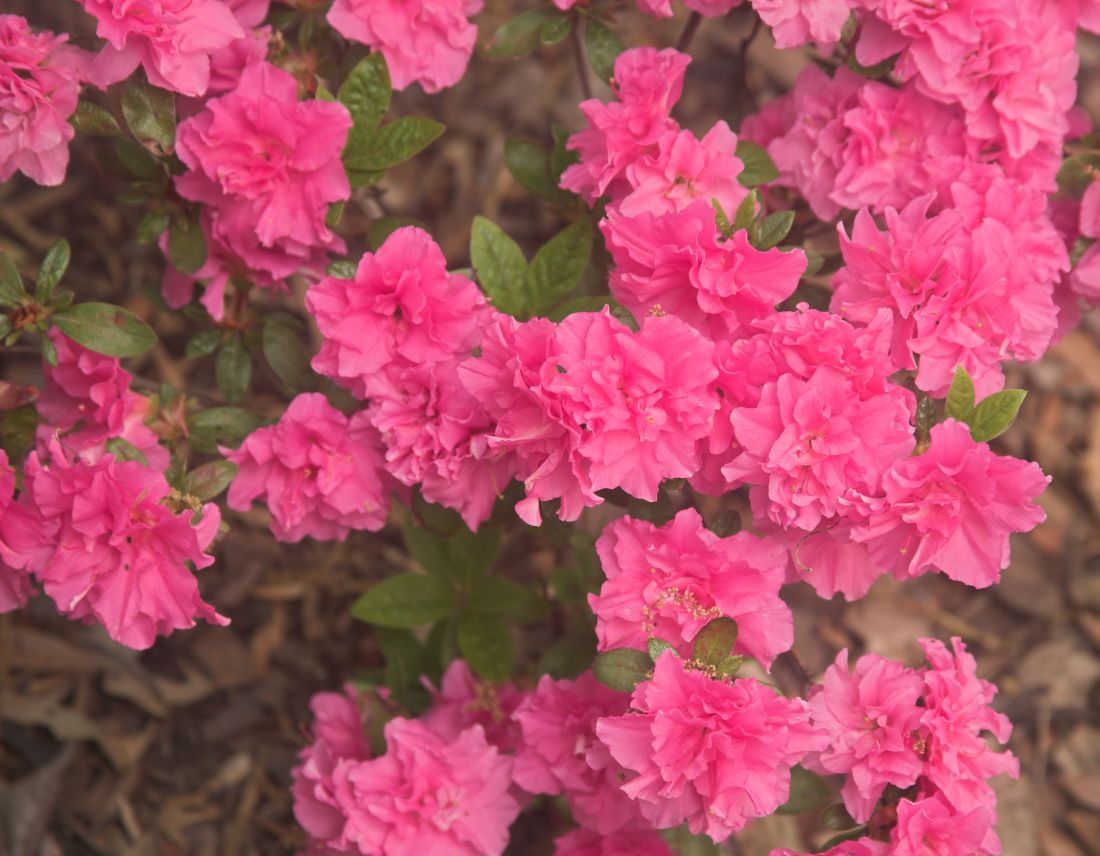


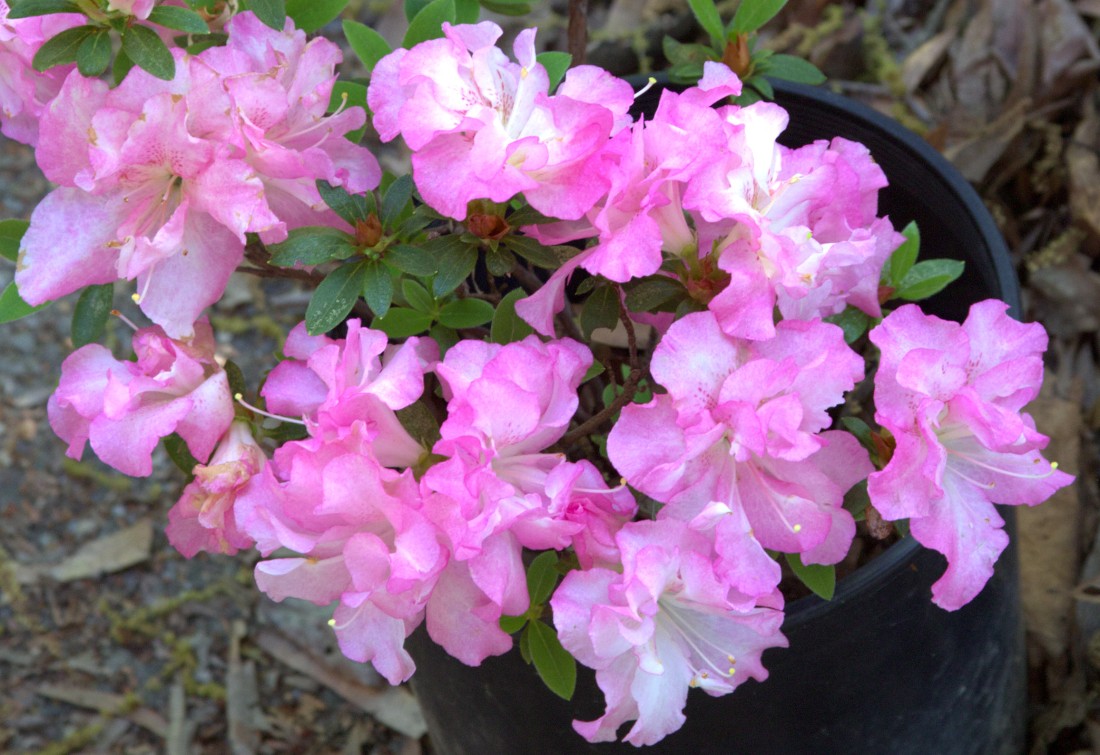

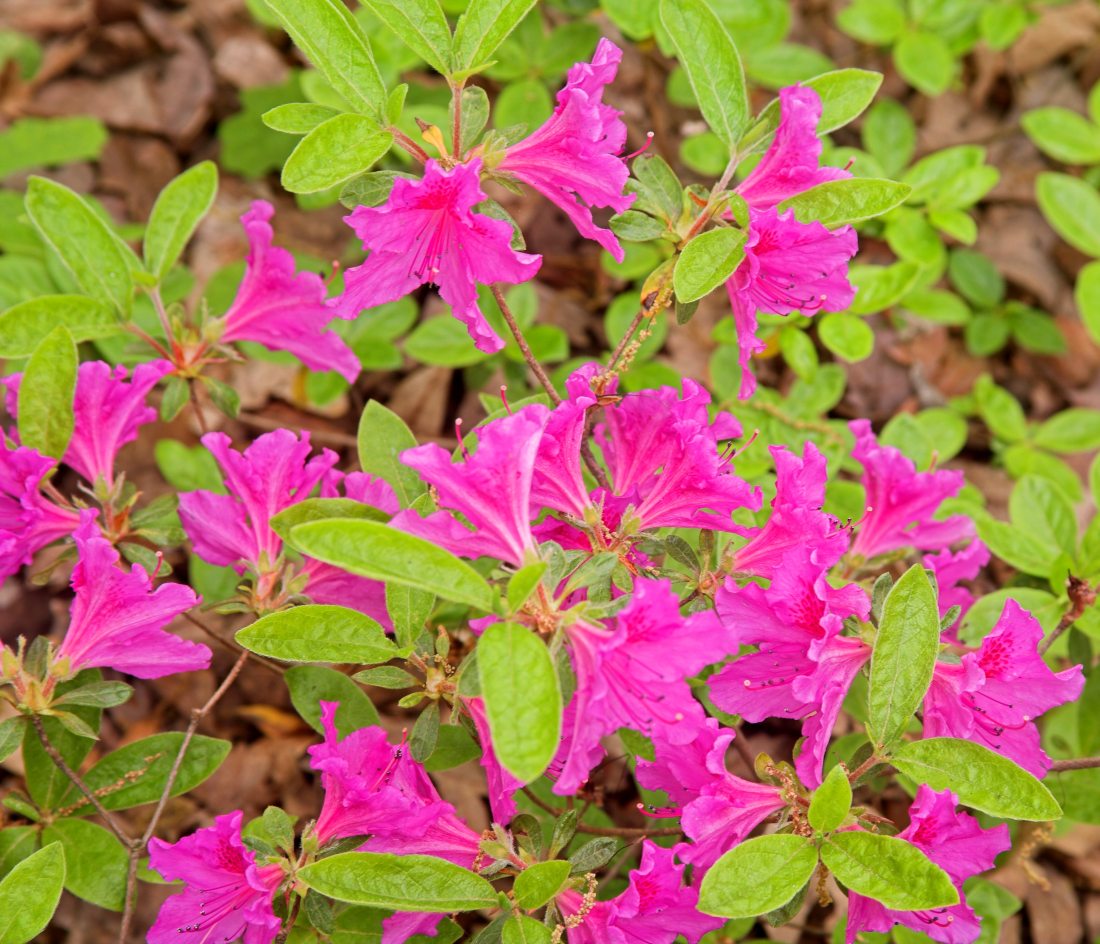
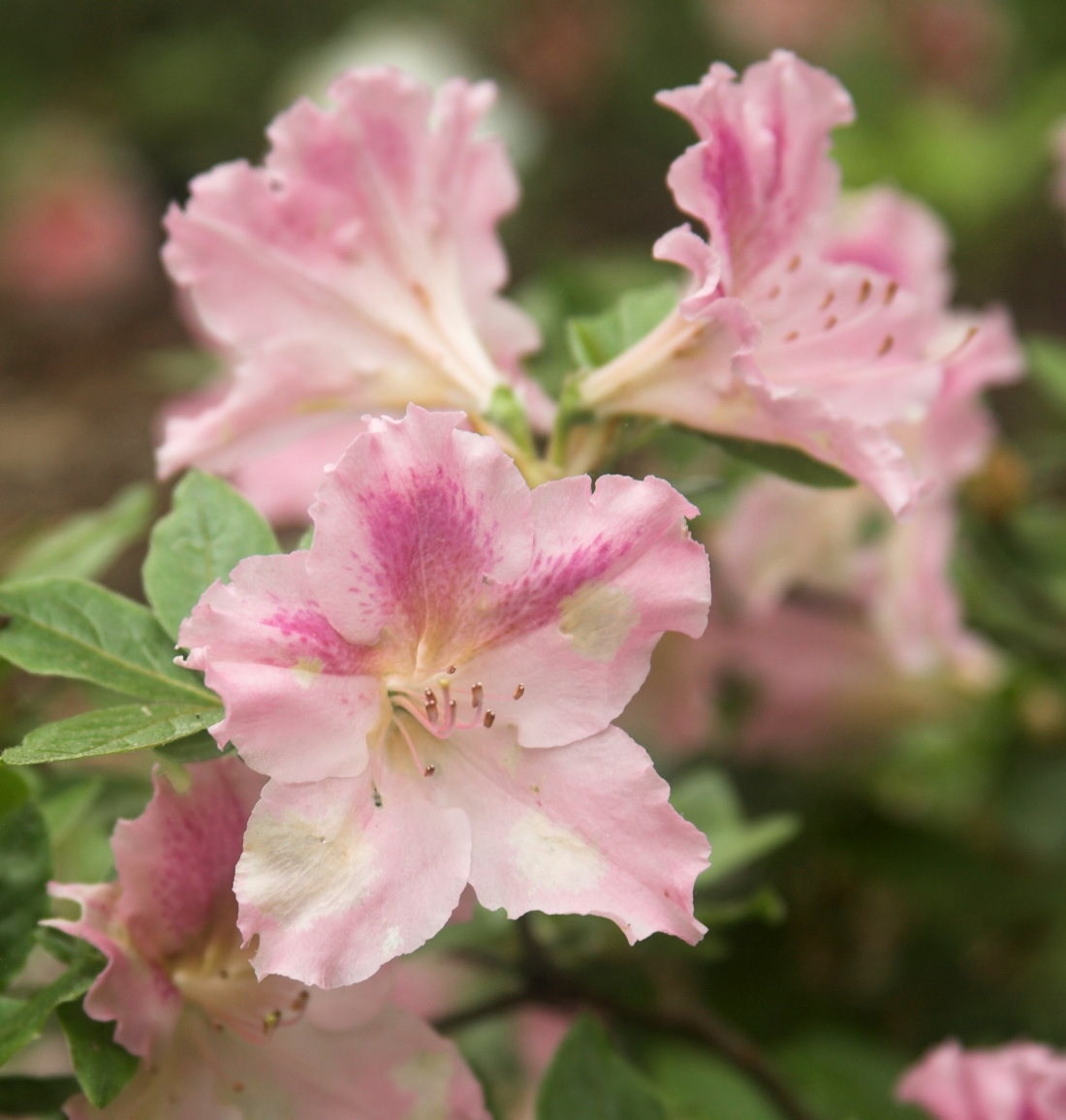
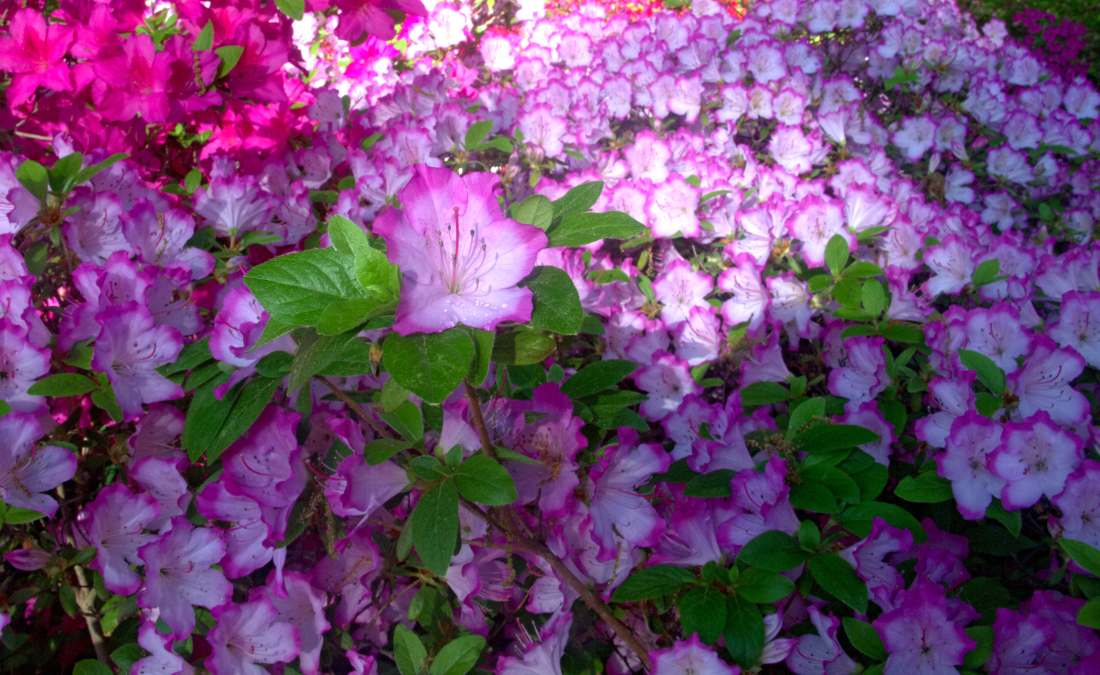
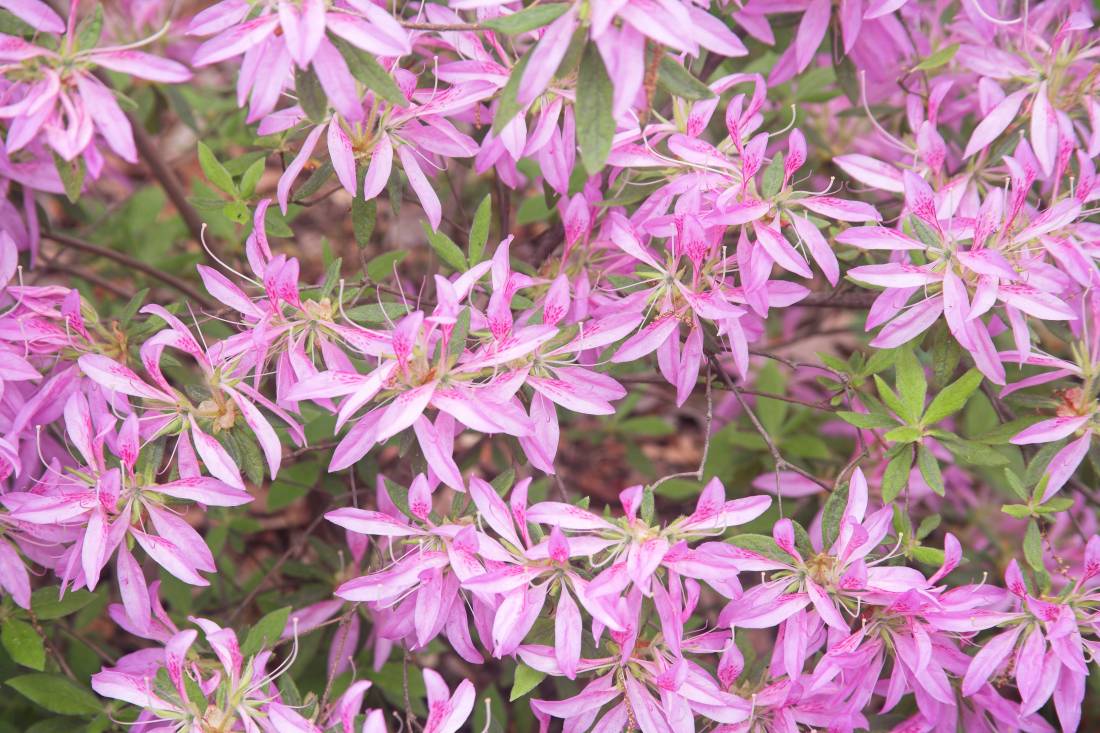

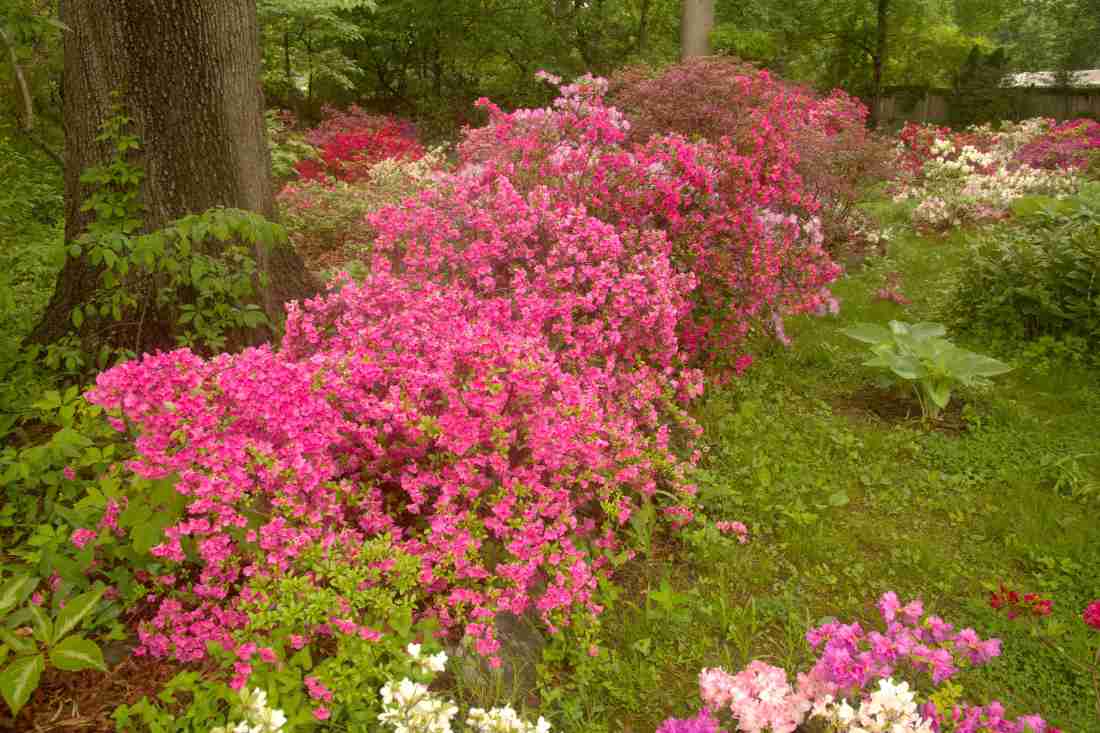
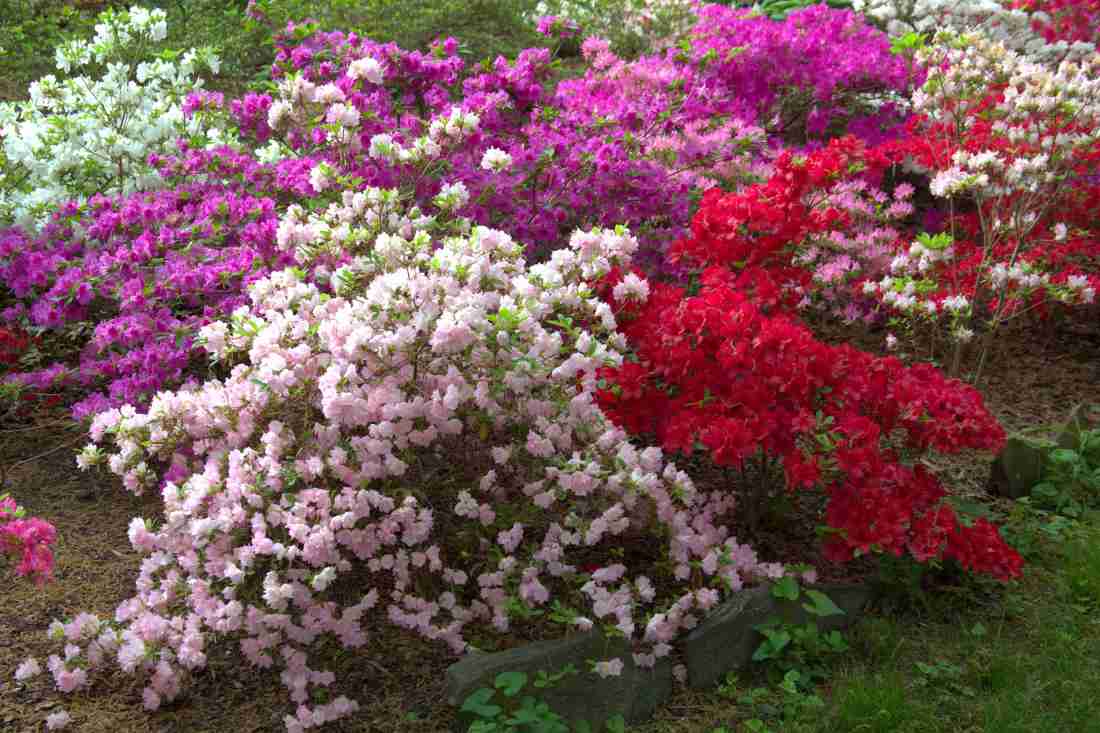
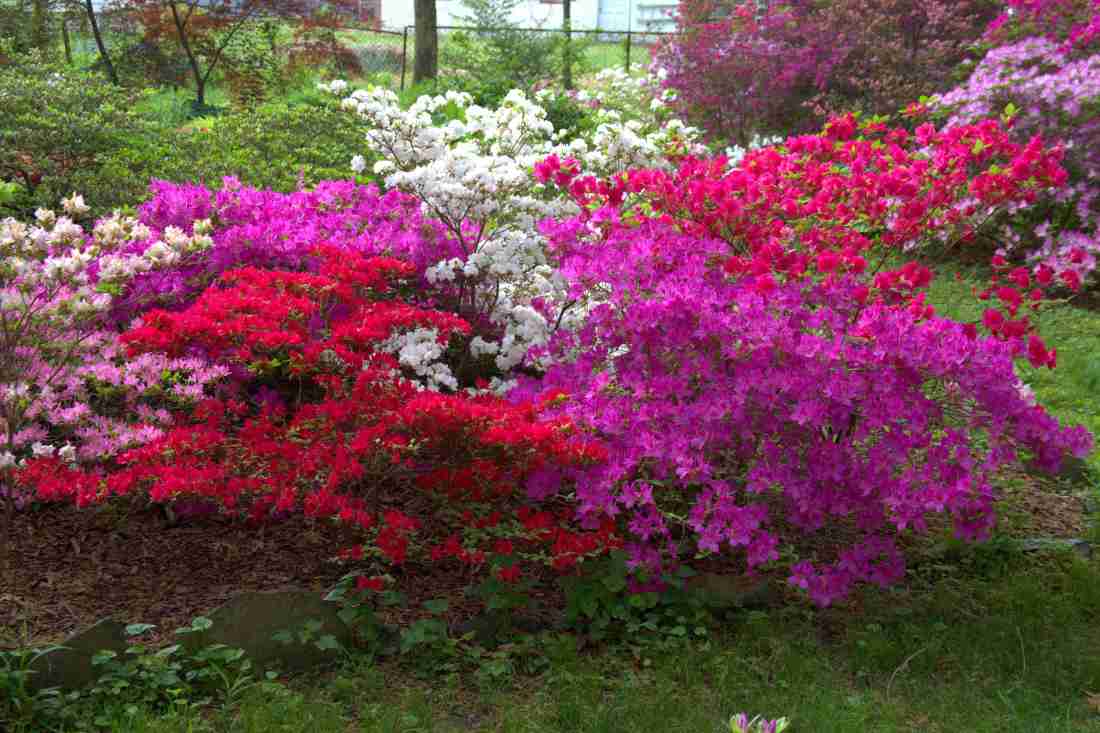


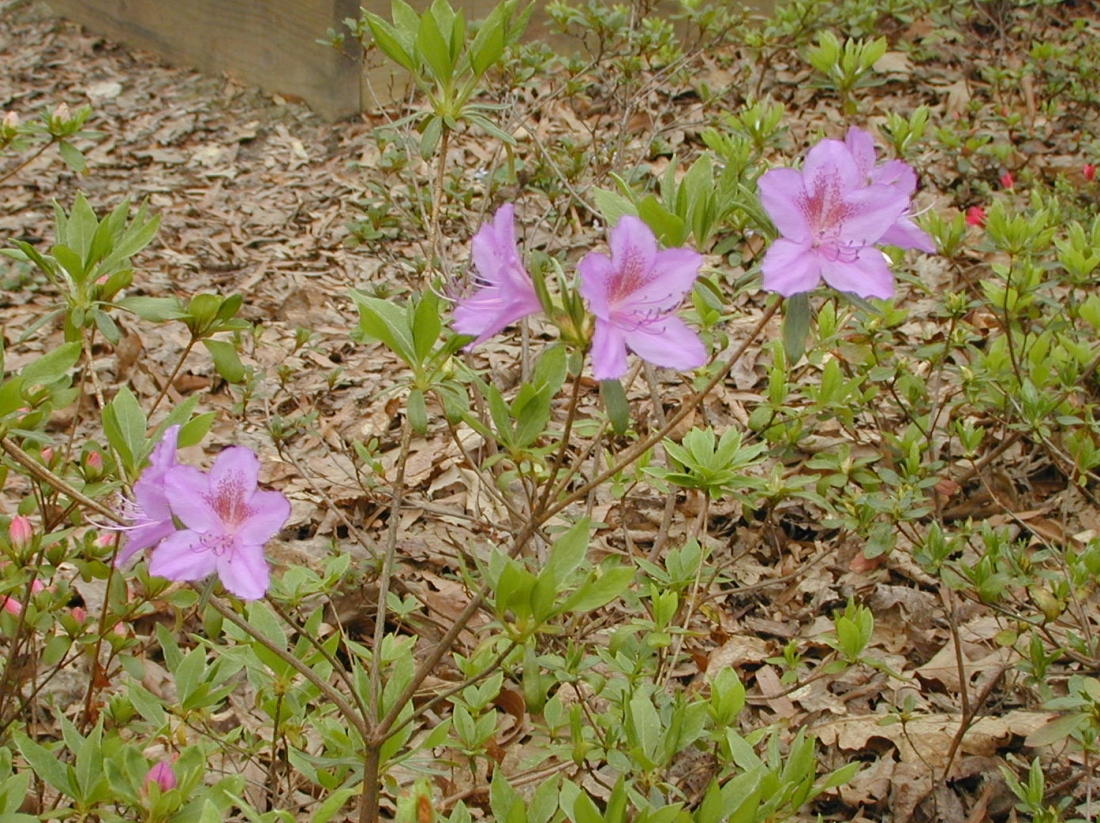
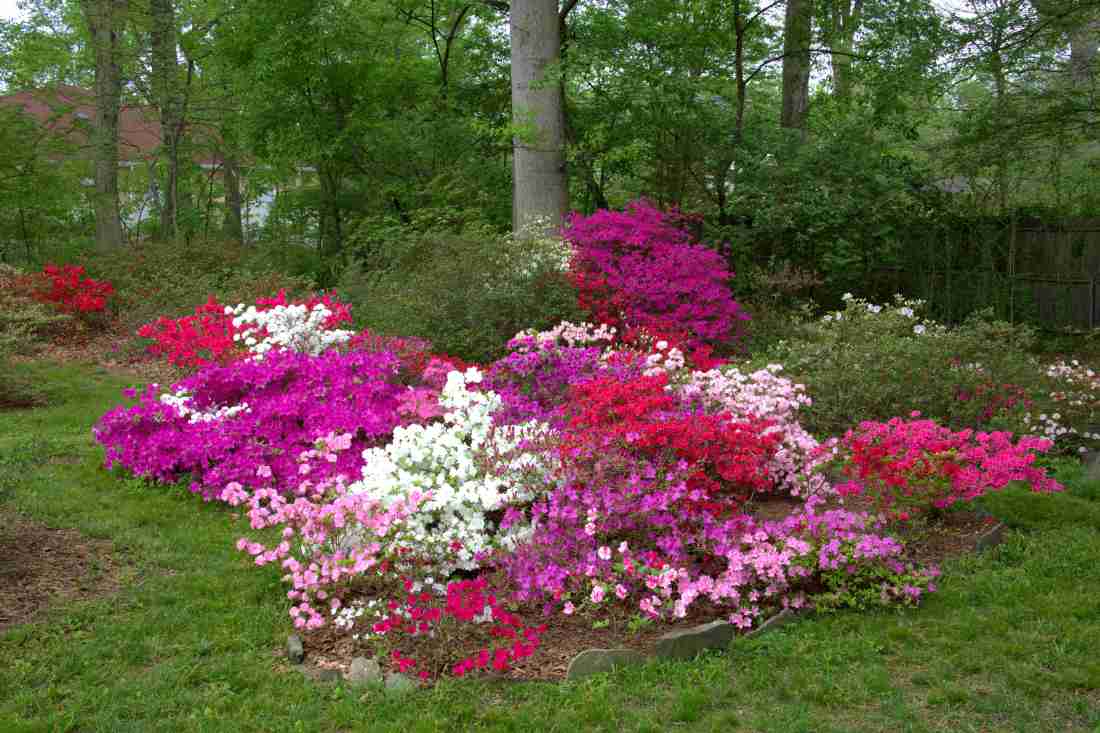
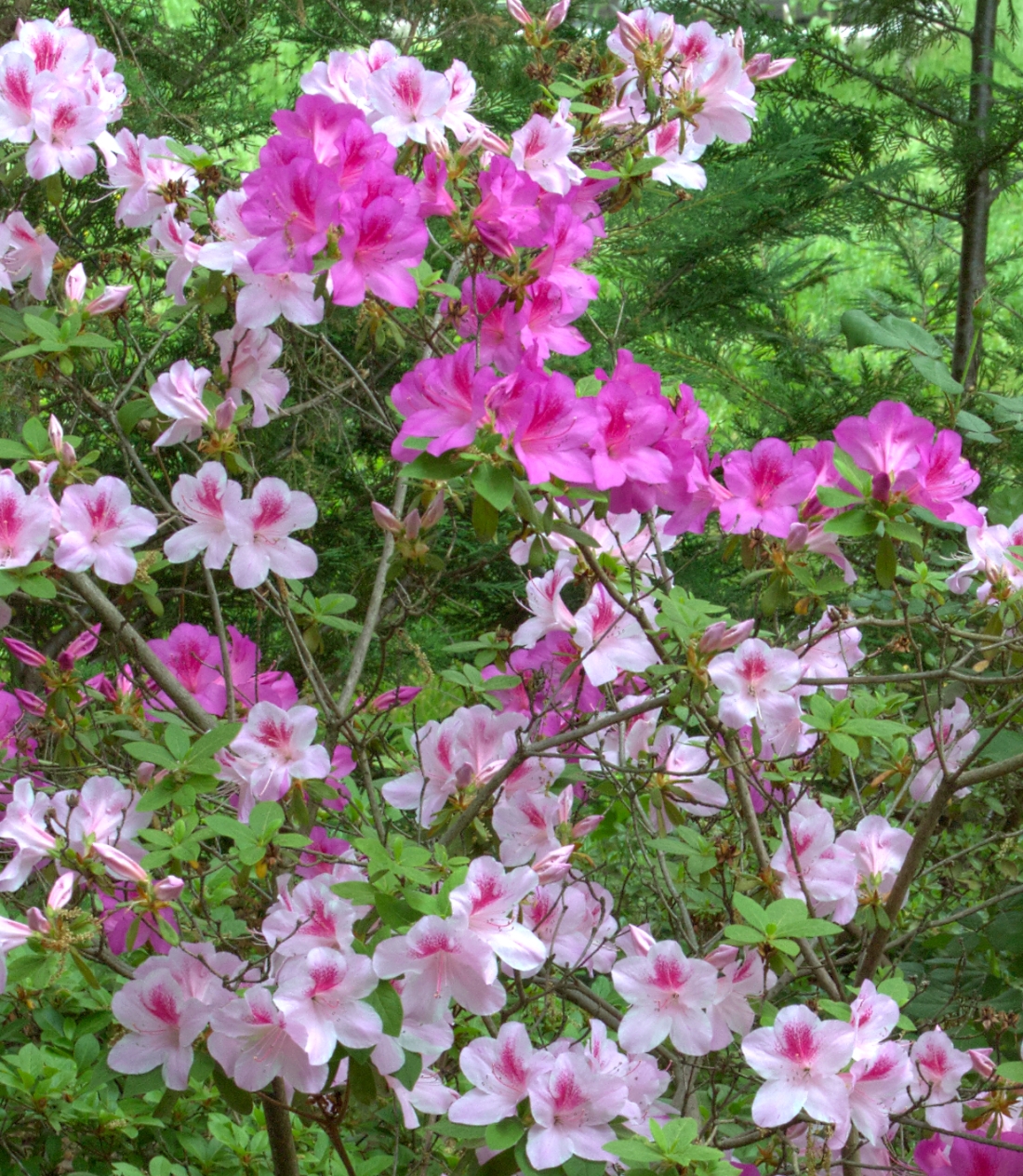

You must be logged in to post a comment.